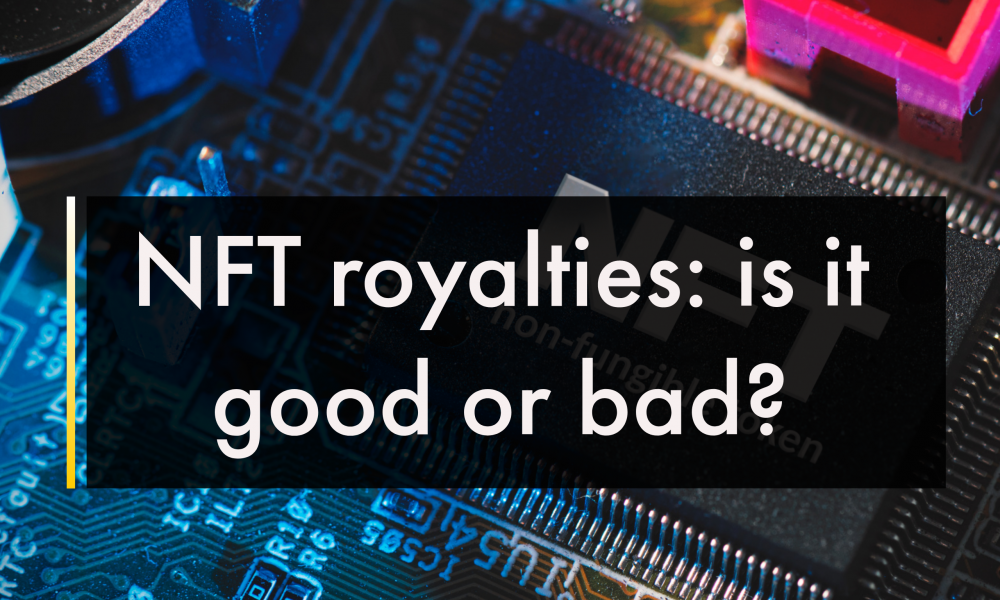3 major risks of crypto investing and how you can minimize them

It is easy to understand why someone wants to invest in cryptocurrencies. Some of them have historically yielded incredible returns. And other cryptocurrencies tackle some interesting, real-world problems in new ways.
However, cryptocurrency space can be risky. Here are three of the biggest risks that I think can hinder your chances of a positive return.
Risk 1: Terrible tokenomics
Cryptocurrencies rise when the demand for the currency or token is greater than the supply. As cryptocurrencies evolve, developers create ways to stimulate demand and regulate supply. This is referred to as “tokenomics”, and it differs from project to project. Some designs are very good. But in other cases, tokenomics does not support long-term price increases.
For example, I think the fitness lifestyle app STEPN (GMT) has not designed it Green Satoshi token (GST) sustainable increase in price. GST is earned for using the app to train and is used in the app to play and level up. GST is burned when used – taken out of circulation. However, there is an unlimited offer of GST. The more people who play and use the app, the more GST can be created.
An unlimited supply of tokens is not good for values. But there is more than this. You can change GST for USD coins and exchange USD Coin for any other cryptocurrency on a cryptocurrency exchange. But logically, the only people interested in buying GST tokens will be people who want to go up faster in the STEPN app.
The irony here is that people who join the STEPN platform theoretically give a short-term boost to GST values. However, as these new users come online, GST is becoming faster, which increases the offer and dilutes the long-term value.
STEPN seems like a fun exercise app, and it should probably be treated as such. But I doubt it is a good long-term income opportunity.
Many bad investments will not be quite as obvious as this extreme example. But investors should always know what drives symbol demand and what regulates supply. To summarize, examining tokenomics helps you avoid poorly designed systems.
Risk 2: Unsustainable returns
Like depositing fiat currencies in a savings account in a traditional bank, it is possible to earn a return on your crypto. Often the interest rate for digital currency is much higher than what you would get elsewhere, which is why it is so tempting. But high-yield crypto products are the other major risk for cryptocurrency investors.
High-yield financial products are often unsustainable. Think, for example Anchor protocol. At one point, users could earn a 19.5% return on theirs TerraClassicUSD through Anker. This incredible return drove people to TerraClassicUSD and Terra Classicwhich causes the market value of TerraClassicUSD to increase and sends the price of Terra Classic soaring.
However, the yield was unsustainable. Anchor’s reserves were being depleted. And maybe this is why users suddenly started pulling out TerraClassicUSD in large numbers – the first catalyst that caused Terra Classic to collapse.
Many other risky cryptocurrencies offer high returns simply by holding. Reduce this risk by researching where the money to pay the return comes from. In this way, you can analyze whether the return is sustainable. Avoid anything that looks unsustainable.
Risk 3: FOMO
Fear of missing out (FOMO) is perhaps the biggest risk for crypto investors. Even with their recent decline, like cryptocurrencies Bitcoin and Ethereum (ETH) has clearly outperformed most stocks over the course of their history. And the lid on ultra-high returns like this can make investors invest in cryptocurrencies before they are ready and before they have understood what they are investing in.
FOMO is an emotional response to a bullish thesis. We think something is about to go up in a hurry. One of the best ways to combat this is to spend time developing a bearish dissertation – an explanation of what can go wrong.
Take Ethereum as an example. I think Ethereum blockchain offers a lot of potential in a world of smart contracts and decentralized applications. With Ether token trading at its lowest level since 2020, it would be easy to get FOMO right now with Ether, hoping for a quick upturn.
However, there is a big risk right now with Ethereum. This blockchain transitions from a proof-of-work blockchain to a proof-of-stake blockchain. Without diving into the weeds, let’s just say that the tokenomics change. Instead of extracting Ether by using many computers to solve complex mathematical problems, nodes will use Ether to process transactions. Ether is locked in for long periods and holders join betting pools to participate and make money. This transition to proof-of-stake really changes the entire Ethereum playing field, and it is impossible to know for sure what the long-term effect may be.
Investors in Ethereum today must realize that it is not quite the same Ethereum from the past. And this can have an impact on future returns.
Just asking what can go wrong is a powerful deterrent to FOMO.
Avoid risk when investing in crypto
As we have seen, poorly designed tokenomics, unsustainable returns and FOMO are three major risks when it comes to crypto. The first two risks are token-specific and can be reduced by making sure you understand exactly how the cryptocurrency you want to buy works. The last risk is personal and is reduced by developing an investment statement about what can go right and what can go wrong when buying cryptocurrency.

























